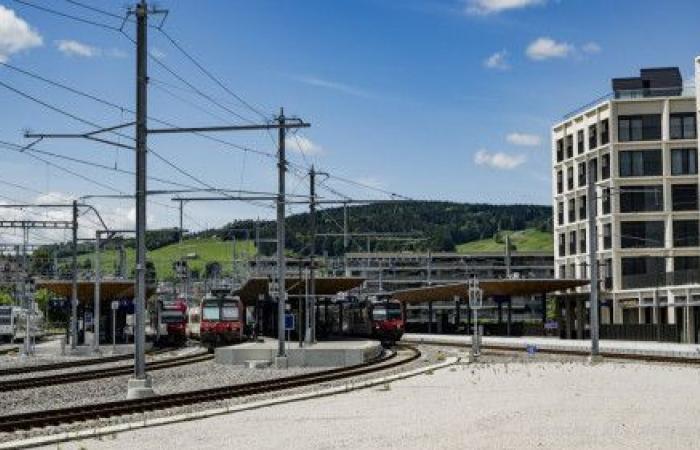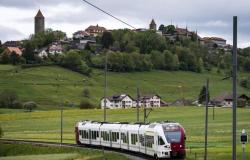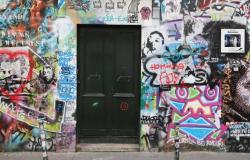New connections between Bulle and Lausanne, an additional line between Romont and Fribourg… the canton of Friborg wants to strengthen its rail offer by 2050, particularly in regions with strong development. The “Rail Vision 2050+” report was presented this Tuesday by the Council of State.
This report outlines improvements in three areas: the integration of the canton into the national mainline traffic network, the extension of the Friborg RER and the development of regional rail lines. Among the main objectives are increasing the frequency of trains, reducing travel times and better connection with economic centers such as Bern and the Lake Geneva region.
Concretely, what does that mean?
Among the many planned improvements, the Council of State highlights major changes affecting several towns in the canton:
- Friborg – Romont: a new route, in addition to the existing one, will link the two cities. It will reduce travel times and allow more trains to run. This will also strengthen the link between Bulle and the center of the canton. As for regional connections, the RegioExpress speed will be increased.
- Bulle – Lausanne: the canton wants to reduce travel time to 35 minutes. The report estimates that new rail links must be created specifically for the Bulloise economic region. New infrastructure with additional stops, increased line capacity and the use of double-decker trains are planned.
- Guin – Bern: a new line will see the light of day in order to reduce travel time between the Singaporean locality and the federal capital. The aim is to offer rapid, efficient mobility capable of supporting both passengers and freight traffic.
Still too many cars
To design the railway offer of the future, the government has based itself on the significant demographic development of our canton. For 2050, the authorities predict a population of around 400,000 people. The proportion of elderly people is particularly expected to increase, which will also be reflected in mobility needs. Economic growth and the job market mean that commuting traffic, especially towards the canton of Fribourg, also continues to increase.
The objective for the authorities is to reduce motorized traffic through a better public transport offer. The automobile density in Friborg is today significantly higher than the Swiss average, with 596 cars per 1000 inhabitants. By transferring this traffic, the canton is also aiming for better climate protection, and aligning itself with its objectives and those of the Confederation.
Note that the canton can only carry out its projects in collaboration with the federal Parliament, which must approve the offers. Close collaboration with neighboring cantons is also essential, specify the authorities. The first infrastructure measures should be integrated into the Confederation’s plans from 2026.
#Swiss






